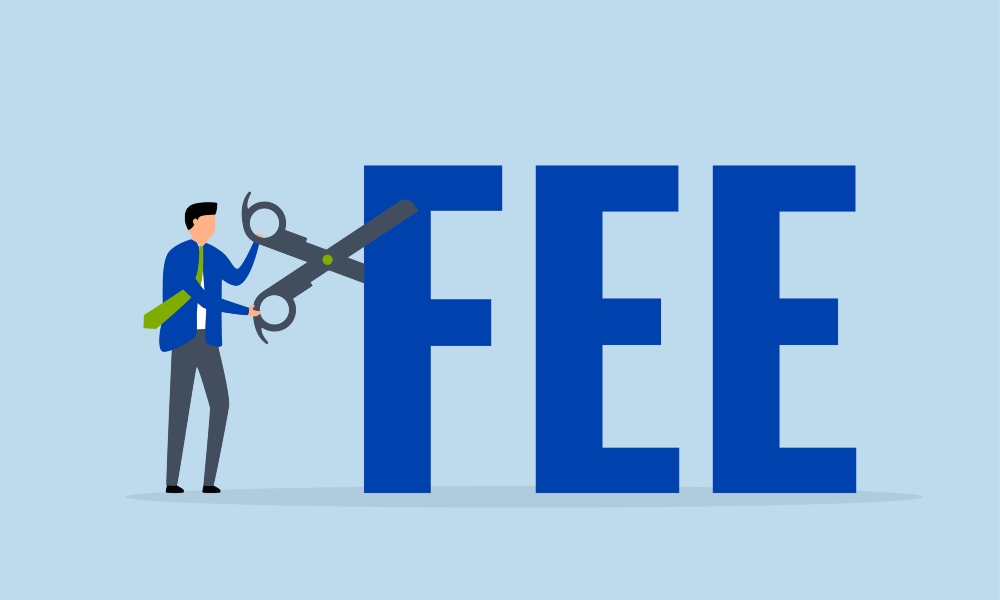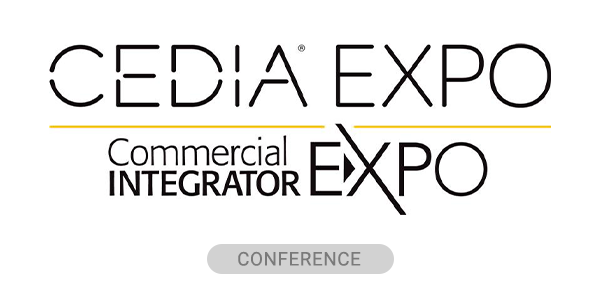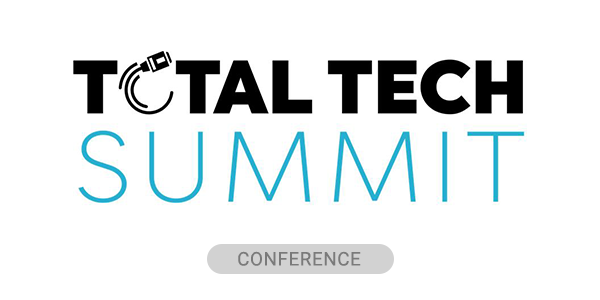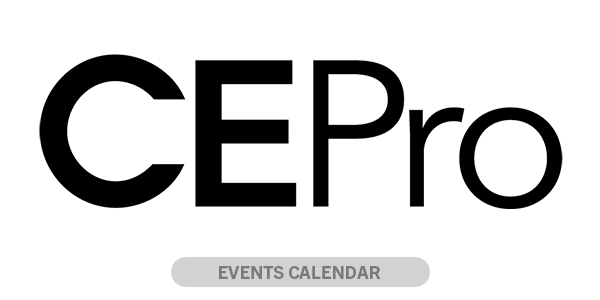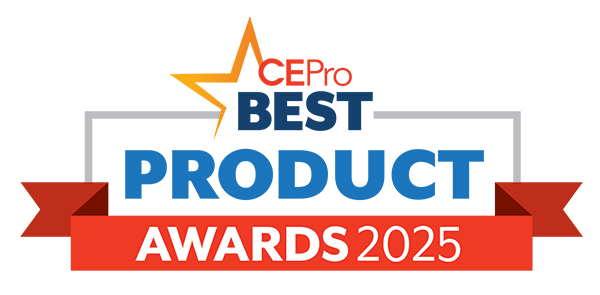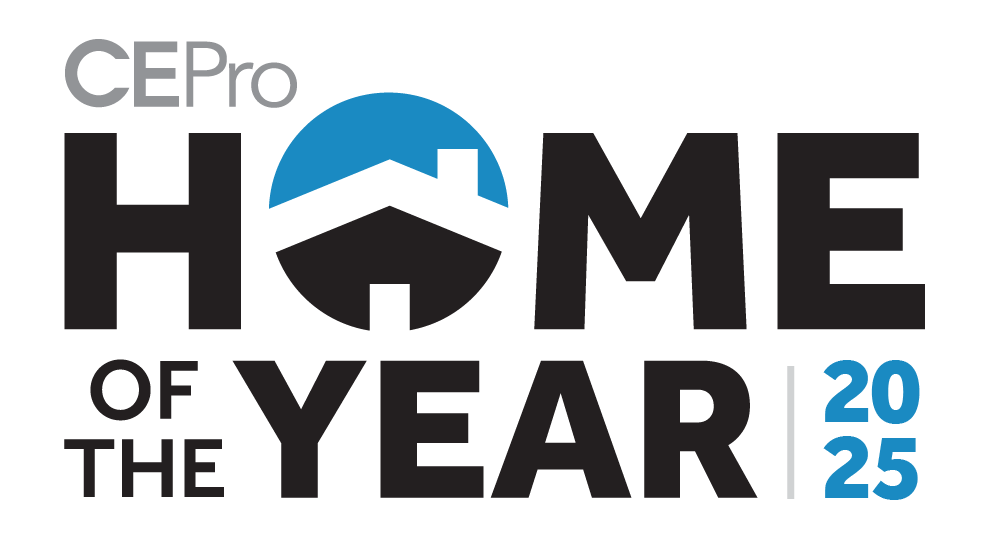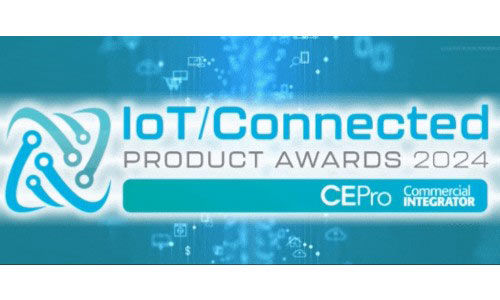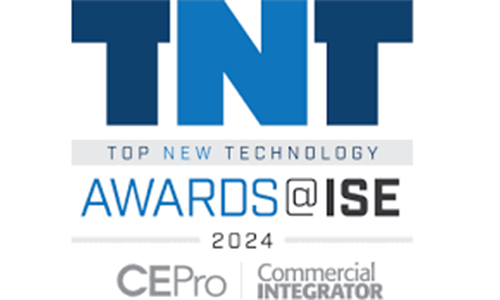As of today, SnapAV is no longer charging a recurring fee for OvrC Pro, the remote network monitoring system introduced at CEDIA last year. Software licenses now are good for a lifetime, and cost nothing for dealers who are silver status or higher in SnapAV’s loyalty program.
Last year, SnapAV – a leading hardware and software provider for the channel — developed this compelling offering that would help integrators generate recurring monthly revenue (RMR) from ongoing smart-home services. Or so they thought.
“It was probably the single biggest launch we’ve ever had, in terms of dealer interest,” says SnapAV president Adam Levy in an interview with CE Pro.
The service allows dealers to monitor devices in the home and manage the systems remotely – not just SnapAV’s own networking, surveillance, A/V and power products, but a wide range of other connected devices.
The service includes a consumer-facing app, called OvrC Home, that helps users personalize their own systems, as well as troubleshoot and repair them. More on that below.
Integrators Still Struggle with RMR and OvrC’s Recurring Fees Aren’t Helping
Of course, there are other fine companies with similar solutions for the channel, but SnapAV was going to be the one to catapult dealers into the recurring revenue model of business.
“We’re making a commitment to dealers to help them generate service revenues,” said OvrC product manager Kenny Kim at CEDIA last September.
“Fast forward to today,” Levy says, “and all that interest generated a lot of trials,” but dealers as a whole seemed unable to create RMR programs around it.
While some have standardized on OvrC Pro as a “business expense,” the ever-elusive recurring revenue promised has remained ever elusive to the majority of dealers.
“Dealers really, really like it,” Levy says. “It makes clients happier. It makes their [dealers] phones not ring as much. It improves their service ….”
But SnapAV isn’t throwing any parties for this response, positive as it is. The company – like so many competitors before it – hoped dealers could monetize SHaaS (smart-home-as-a-service) to create more profitable (and ultimately more attractive) businesses.
Failing that, SnapAV figured it was more important to simply get dealers to spec OvrC Pro – the box and the software – on every single project.
So they dropped the recurring fee, just as Control4 did with Pakedge networking gear. Other competitors in the channel are also slashing recurring fees as they contemplate how to get dealers to sell recurring services.
SnapAV’s Business Model, Roadmap
Of course, SnapAV was hoping to enjoy recurring SHaaS revenue for itself as well. But the company doesn’t need it.
“We’re in the nice position of primarily being in hardware sales,” says Levy, noting that companies that don’t sell hardware might not have the luxury to “remove obstacles” such as recurring service fees.
As of today, the OvrC licensing fee per household is the same as it has been, but lasts a lifetime; however, it is waived altogether for silver+ dealers.
The “vast majority” of SnapAV meet that basic requirement, says Levy, but the company expects many lower-tier bronze dealers to “move up” for the new benefit: “If you can get OvrC service for free by buying more mounts … great!”
SnapAV isn’t abandoning the whole idea of service fees, just rethinking ways to deliver a suite that dealers feel comfortable charging for. Maybe parental controls, network security, identity theft protection or cloud storage for surveillance video, Levy suggests.
“As you take the long view,” he says, “every research, every study … all roads points to dealers having to get better at getting service revenue.”
The more immediate need is to get OvrC deployed on a mass scale … today. It doesn’t hurt SnapAV or dealers themselves that deployment likely increases hardware sales (more stuff to connect) and opens doors for future services.
Levy recalls the years when dealers installed structured wiring systems in new homes – often at a loss – in (misguided) hopes of attaching smart products in the future.
“They lost money forever,” he says.
OvrC Pro may be the “structured wiring” of the digital age, but in a good way. It’s simple to install and makes money up front for the dealer, with plenty of attachment opportunities later on.
And then: “What bad could happen if dealers installed OvrC in every single install today, and attached more things later?”
New Features for OvrC Pro
While SnapAV is eliminating fees for OvrC Pro, the company is “investing more heavily in OvrC than ever,” Levy says, citing figures in the millions of dollars.
First, dealers will have the ability to brand their own versions of OvrC Home, the client-facing app. In a demo for CE Pro, SnapAV showed just how simple it is to add the dealer’s logo and contact information to the user’s app.
OvrC Home has been “decoupled” from OvrC Pro. Previously, the Home app came only with the OvrC Pro hardware (OVRC-200-PRO) and license.
Now the service is free for all customers who have OvrC-enabled devices, including networking, power-management, surveillance and amplifier systems from SnapAV.
“When dealers wake up on April 20,” says Kim, “OvrC Home will be available for all locations enabled with OvrC.”
Dealers can personalize the app with their company information and quickly deploy to customers remotely, no truck roll.
“It gives them a really good reason to re-establish communications with clients,” Kim says.
Finally, SnapAV has added rich native integration to the OvrC platform, with help from HouseLogix, the software-development firm it acquired last year.
SnapAV began integrating with third-party controllers and subsystems a couple years ago, but the company “re-built the firmware from scratch” for third-party integration, says Kim.
Previously the hub did some basic polling from devices on the network providing some nice integration tools, but not deep insight into the disparate devices.
Now OvrC can access deeper integration via partner APIs, allowing visibility into rich diagnostic data such as ONVIF camera snapshots or SNMP data allowing for PoE switch port data, for example.
In the case of home-automation systems such as Control4, Crestron or URC, OvrC can access not just the controllers themselves, but the connected devices including Z-Wave and ZigBee.
With that, says Kim, OvrC can really present a “native experience with third-party products.”
The full details of SnapAV’s OvrC updates can be found on their website.
